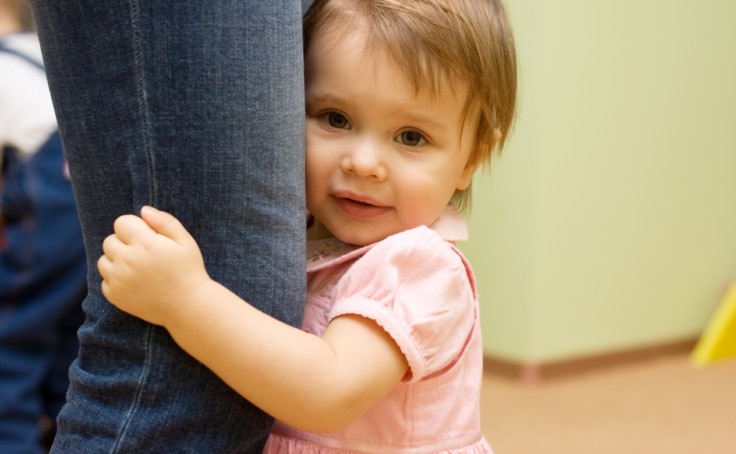How does parenting across two homes affect babies?


"An essential way to improve the quality of life for babies is to support the adults in their lives,…
This is a thoughtful and deeply important question, and one that comes up often.
The short answer: babies and toddlers can do well in a two-home arrangement. What matters most isn’t the number of homes, it’s how both homes feel to the child. When parents work together, keep routines consistent, and approach transitions with care, children can build secure relationships with both caregivers.
What the Evidence Says
Some early studies raised concerns about frequent overnights for infants, especially in families with high levels of stress or conflict. For example, one US study found more attachment insecurity in infants with frequent overnights in certain situations (Tornello et al., 2013). A large Australian study found more emotion regulation challenges among toddlers with frequent overnights in high-conflict settings (McIntosh et al., 2013).
But more recent research offers a more balanced view. In 2014, a consensus report signed by more than 100 experts stated that there’s no clear evidence that overnight visits harm young children. In fact, when caregiving is consistent and well-coordinated, shared care can support strong relationships with both parents (Warshak, 2014).
In short: the coparenting schedule itself isn’t the problem. It’s how it’s handled.
How to Make Two-Home Care Work for Babies and Toddlers
Here are some strategies that can help:
- Prioritize relationships over logistics.
Babies thrive on loving, responsive care. Whether they’re with mom, dad, or another caregiver, what matters most is how they are held, fed, played with and soothed. Try to keep caregiving styles as consistent as possible across both homes. - Keep routines predictable.
When sleep, feeding, and play routines feel familiar, babies are better able to adjust to changes in environment. Talk together about what works and aim for shared rhythms, even if your households look different. - Choose a schedule that fits your child’s developmental stage.
For infants and toddlers, shorter, more frequent transitions often work best. This helps them stay connected to both parents without long separations. As your child grows and develops, their needs may shift. - Watch how your child responds.
Is your baby extra clingy after a transition? Do naps or feedings get disrupted? These cues are important. If something feels off, consider adjusting the schedule. Maybe that means adding a midweek visit or shifting the handoff time. - Keep transitions calm and low-conflict.
Research shows that children do better when parents communicate respectfully and keep handoffs smooth. Conflict between adults can be more stressful for young children than switching homes. - Honor culture, language and identity.
Consistency doesn’t mean everything has to be identical. What’s most important is that each home reflects your family’s values, supports your child’s identity and feels safe and welcoming. - Get reflective support if needed.
When co-parenting feels difficult or emotionally charged, a reflective coach or therapist can help keep the child’s needs at the center. These professionals help caregivers regulate their own emotions and make decisions based on observation, not reactivity.
It’s not about getting the “perfect” schedule. It’s about staying curious, noticing how your child responds, and working with your co-parent to make small changes if needed. Babies are incredibly resilient when they feel loved, safe and understood.
Strong relationships with both parents can be a powerful protective factor, especially when both homes are coordinated, caring and focused on the child.
